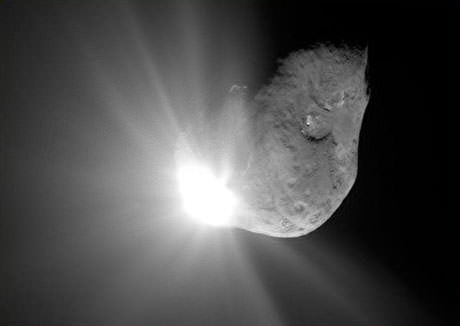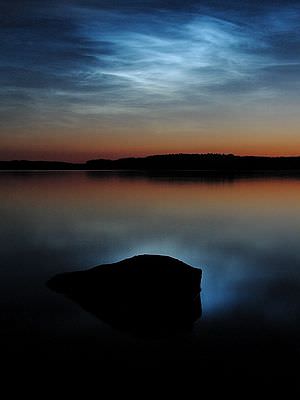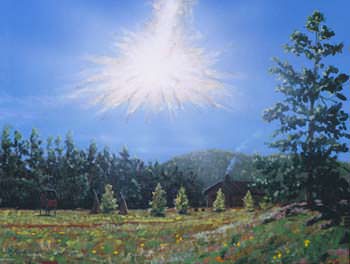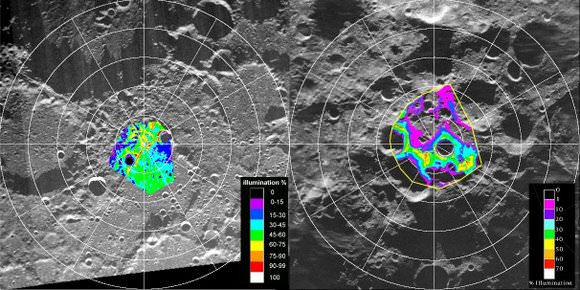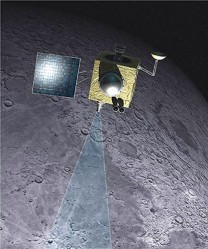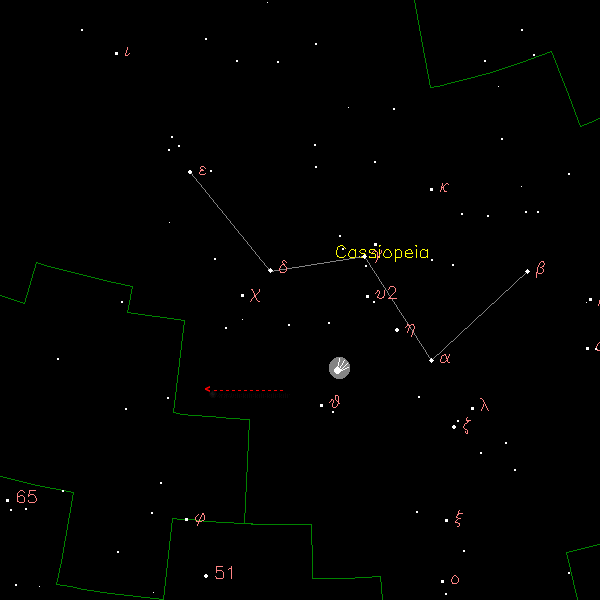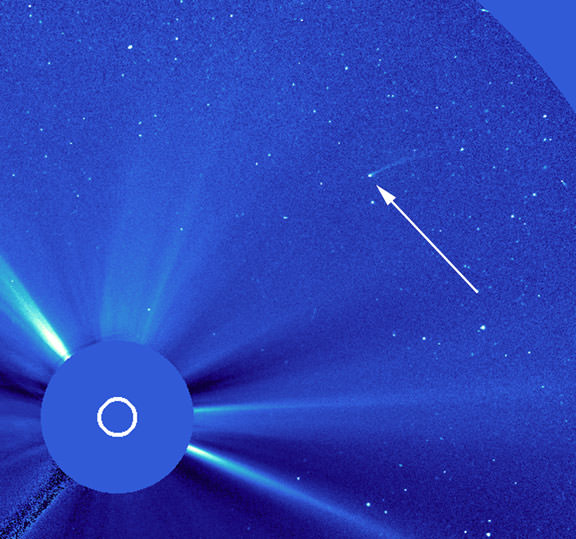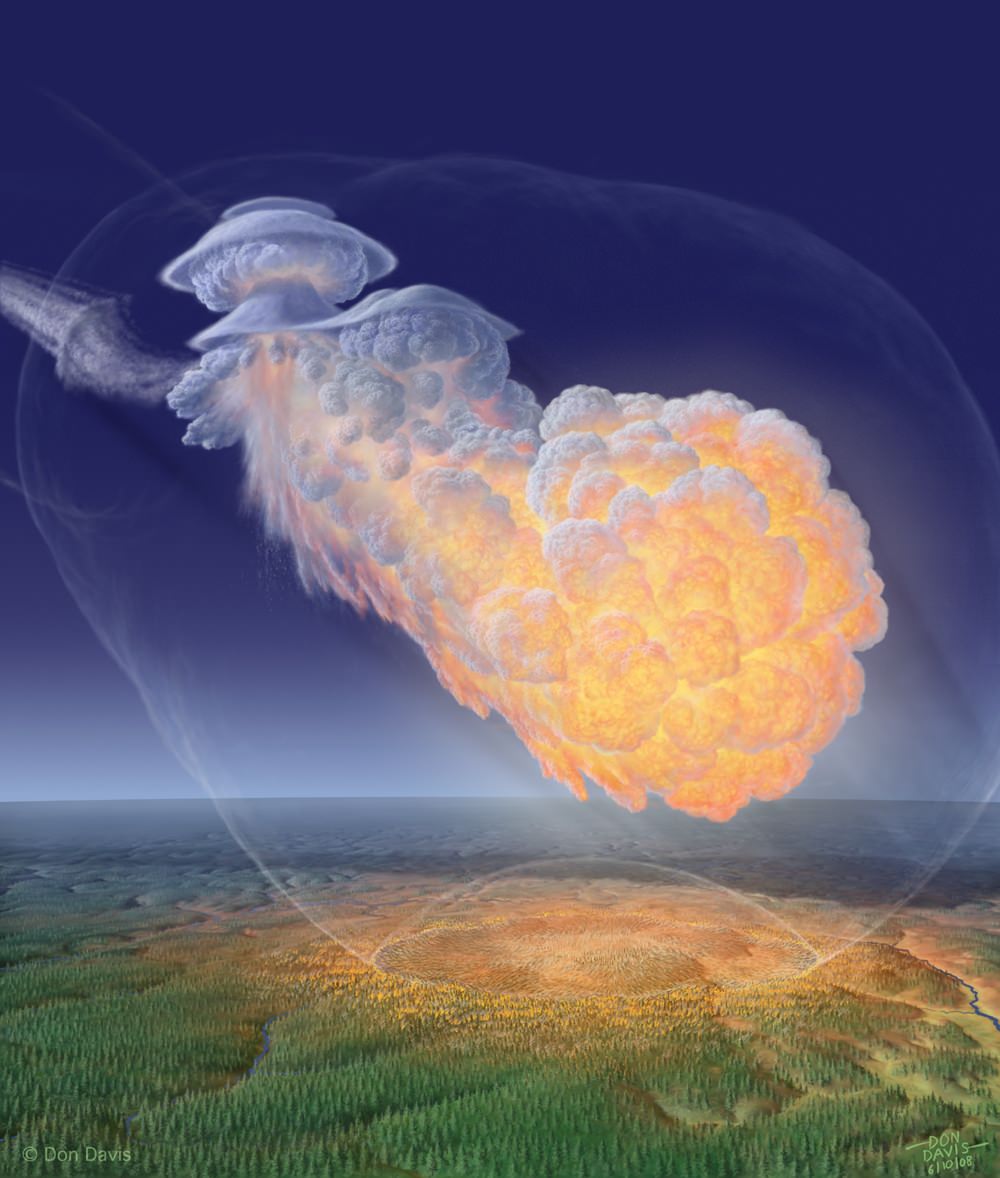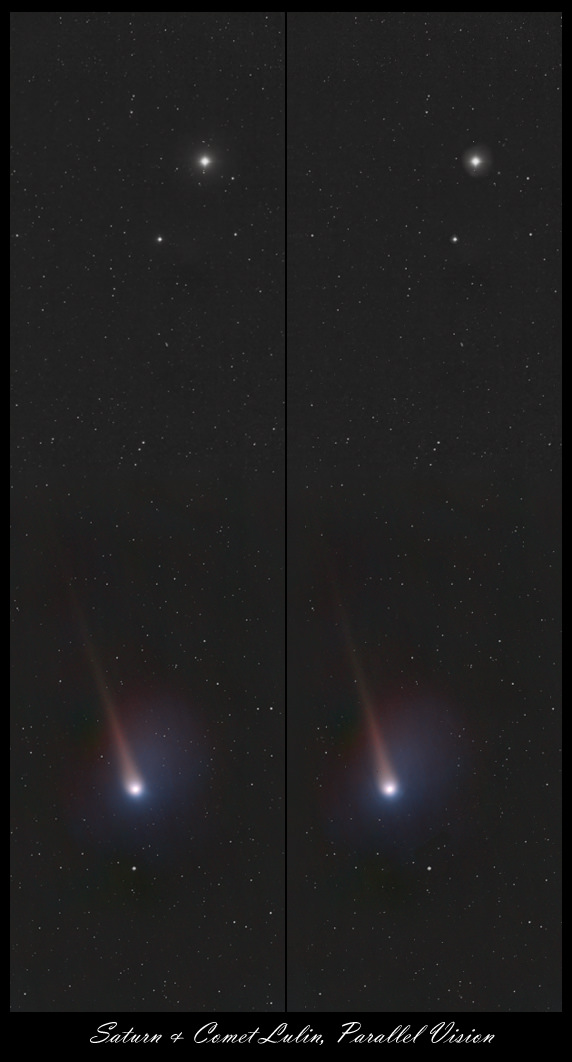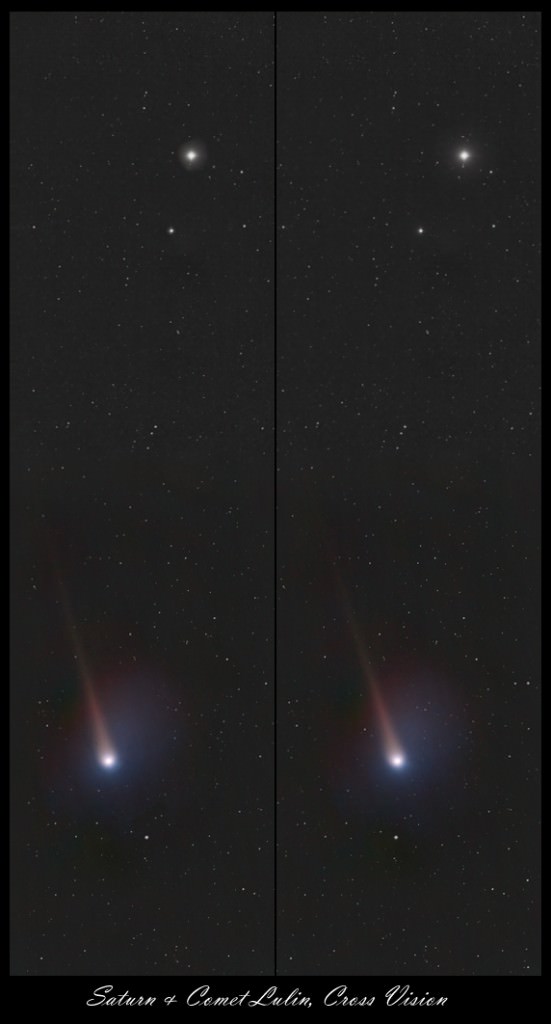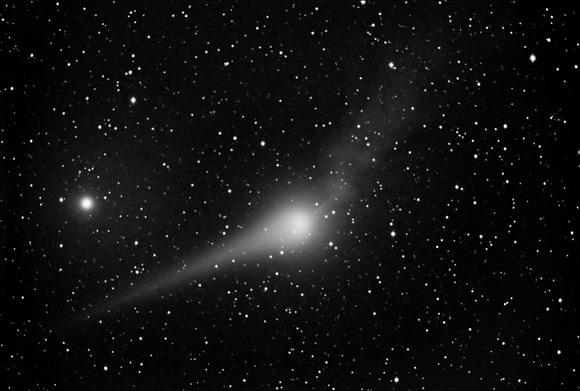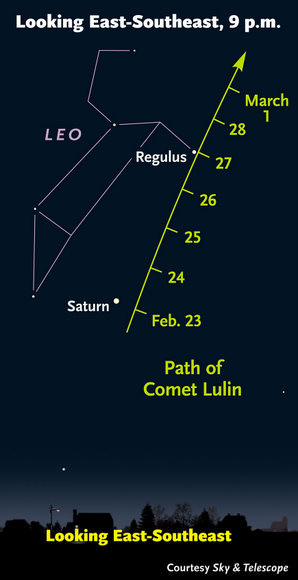Astronomers have used the comet record — including 2001 RX14 (Linear) at left, captured in 2002 by the Sloan Digital Sky Survey — to model a new route for incoming comets that sneaks past Jupiter’s gravity.
The pathway might even be the dominant one that delivers Oort Could comets on an Earth-bound trajectory, say the authors of a new study in Science this week — but if that’s true, comets only rarely cause extinctions on Earth.
(Image credit: Mike Solontoi/University of Washington)
Scientists have debated how many mass extinction events in Earth’s history were triggered by a space body crashing into the planet’s surface. Most agree that an asteroid collision 65 million years ago brought an end to the age of dinosaurs, but there is uncertainty about how many other extinctions might have resulted from asteroid or comet collisions with Earth.
In fact, astronomers know the inner solar system has been protected at least to some degree by Saturn and Jupiter, whose gravitational fields can eject comets into interstellar space or sometimes send them crashing into the giant planets. That point was reinforced last week (July 20) when a huge scar appeared on Jupiter’s surface, likely evidence of a comet impact.
There are about 3,200 known long-period comets, which can take anywhere from 200 to tens of millions of years to orbit the Sun. Among the best-remembered is Hale-Bopp, which was easily visible to the naked eye for much of 1996 and 1997 and was one of the brightest comets of the 20th century.
It has been believed that nearly all long-period comets that move inside Jupiter to Earth-crossing trajectories originated in the outer Oort Cloud, a remnant of the nebula from which the solar system formed 4.5 billion years ago. It begins about 93 billion miles from the sun (1,000 times Earth’s distance from the sun) and stretches to about three light years away (a light year is about 5.9 trillion miles). The Oort Cloud could contain billions of comets, most so small and distant as to never be observed.
The orbits of long-period comets can change when they are nudged by the gravity of a neighboring star as it passes close to the solar system, and it was thought such encounters only affect very distant outer Oort Cloud bodies.
It also was believed that inner Oort Cloud bodies could reach Earth-crossing orbits only during the rare close passage of a star, which would cause a comet shower. But it turns out that even without a star encounter, long-period comets from the inner Oort Cloud can slip past the protective barrier posed by the presence of Jupiter and Saturn and travel a path that crosses Earth’s orbit.
In the new research, University of Washington astronomers Nathan Kaib and Thomas Quinn used computer models to simulate the evolution of comet clouds in the solar system for 1.2 billion years. They found that even outside the periods of comet showers, the inner Oort Cloud was a major source of long-period comets that eventually cross Earth’s path.
By assuming the inner Oort Cloud as the only source of long-period comets, they were able to estimate the highest possible number of comets in the inner Oort Cloud. The actual number is not known. But by using the maximum number possible, they determined that no more than two or three comets could have struck Earth during what is believed to be the most powerful comet shower of the last 500 million years.
“For the past 25 years, the inner Oort Cloud has been considered a mysterious, unobserved region of the solar system capable of providing bursts of bodies that occasionally wipe out life on Earth,” Quinn said. “We have shown that comets already discovered can actually be used to estimate an upper limit on the number of bodies in this reservoir.”
With three major impacts taking place nearly simultaneously, it had been proposed that the minor extinction event about 40 million years ago resulted from a comet shower. Kaib and Quinn’s research implies that if that relatively minor extinction event was caused by a comet shower, then that was probably the most-intense comet shower since the fossil record began.
“That tells you that the most powerful comet showers caused minor extinctions and other showers should have been less severe, so comet showers are probably not likely causes of mass extinction events,” Kaib said.
He noted that the work assumes the area surrounding the solar system has remained relatively unchanged for the last 500 million years, but it is unclear whether that is really the case. It is clear, though, that Earth has benefited from having Jupiter and Saturn standing guard like giant catchers mitts, deflecting or absorbing comets that might otherwise strike Earth.
“We show that Jupiter and Saturn are not perfect and some of the comets from the inner Oort Cloud are able to leak through. But most don’t,” Kaib said.
Source: Science and Eurekalert. The paper appears online today at the Science Express website.


